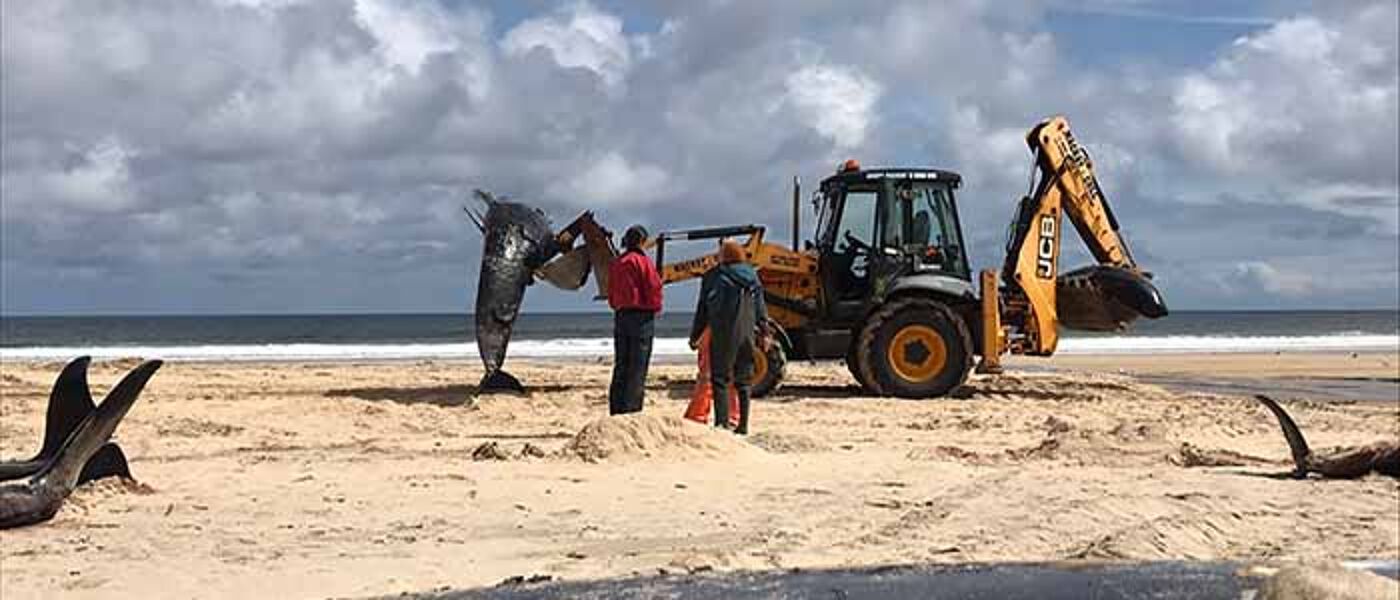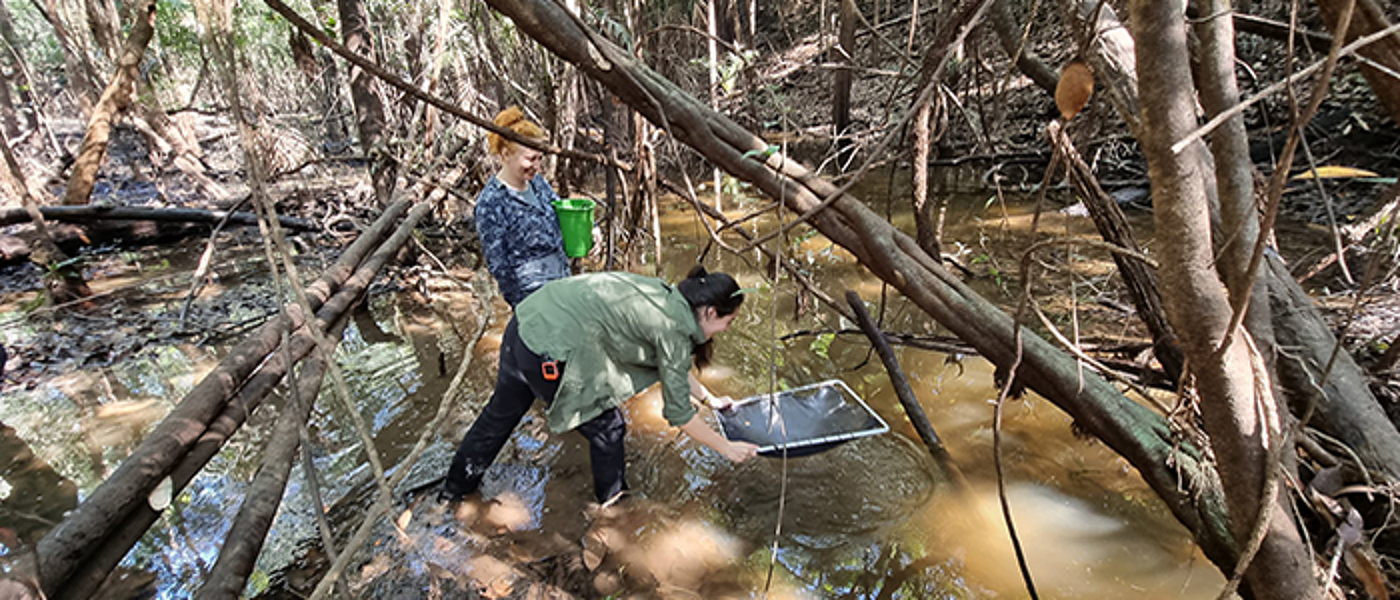Aquatic SIG
Join our mailing list:
sbohvm-aquatic-science@lists.cent.gla.ac.uk

The Scottish Marine Animal Stranding Scheme
Aquatic Science PhD Projects
Jennifer Keeping – David bailey lab
This PhD project follows from the success of my MSc project (also at UoG) addressing the ecology of stingray species in Mozambique (Keeping et al. 2019, 2021). My postgraduate research integrates local ecological knowledge, satellite observation of fishing vessels and stable isotope analysis of stingrays to build a picture of stingray ecology and their interactions with humans.
Opportunities for collaboration:
There are volunteering, internship and research opportunities available in Mozambique with All Out Africa Marine Research Project, of which I am the research director. We have over a decade of citizen scientist-collected observations of many marine megafauna species, such as both manta ray species, whale shark, humpback whale and much more that is found in Mozambican coastal reefs. Contact me for more information if you think this might be of interest to you - we are always open for collaboration and new projects!
Mar Pineda (She/Her) – Killin lab
Mar’s research predominantly focuses on the physiological and behavioural ecology of fishes, both freshwater and marine. She is broadly interested in how individuals and populations respond to anthropogenic stressors and environmental change. For her PhD, Mar is exploring the impacts of fishing for the aquarium industry in the Amazon, in particular, the potential for fishing-induced evolution.
Graeme Cullen – David Bailey lab
Title: A seascape approach to improving fisheries sustainability and restoration
This PhD project aims to determine how juvenile gadoids (cod, haddock and whiting) are distributed within seascapes on the West coast of Scotland. Species distribution models (SDM) will be produced to understand the role played by seascape attributes, such as patch configuration and connectivity, in influencing the distribution of juvenile gadoids. Developing knowledge of which combinations and arrangements of habitat patches are important nursery habitats can help inform more effective spatial management and protection measures.
Mariel ten Doeschate - SMASS
My PhD is directly related to my work with the Scottish Marine Animal Stranding Scheme (SMASS), who’s team I have been part of since 2014. The research I am doing as part of my PhD has the overarching objective to improve and explore the use of strandings datasets for surveillance of marine mammal populations at sea. Through use and improvement of analytical and statistical modelling techniques, I hope to be able to reduce the uncertainty in quantifying anthropogenic impacts on marine populations, expand the use of strandings datasets for population ecology and conservation management, and thus guide future surveillance and management of marine ecosystems.
Rachel Lennon - SMASS
Rachel will be using marine mammal stranding data and pathology reports from the Scottish Marine Animal Stranding Scheme to assess the impact of disease, contaminant and anthropogenic stressors on individual health. She will also be modelling spatial and temporal trends in the data to better understand strandings in marine mammal populations in the UK.
Mark KAUNA SANDA
My research interests lies in the study of genetic diversity of farmed and wild fish species. I am particularly keen in understanding the genetic diversity of farmed fish and how their possible escape could impact the wild populations. I would be using Double digest restriction-site associated DNA sequencing(ddRADseq), a reduced representation sequencing approach to characterise farmed and wild tilapia and catfish population.
Albert Smith – David Bailey Lab
My project is on Seascape ecology- Drivers of juvenile fish dristribution and growth in the sundarbans
My project will look at mapping the current distribution of comercially important juvenile species. Within this, the aim is to determine the biotic and abiotic drivers of juvenile fish abundance and growth rates in the Sundarbans Mangrove Forest, in order to support management and protect biodiversity. The project will successfully develop a model that incorporates how acretion and erosion shifts this distribution depending on their intensity.
Ireen Assad – David Bailey Lab
Title: Ecological impact of microplastics in the Sundarbans, Bangladesh.
Focusing on creating a spatial distribution model of microplastic intensity in the aquatic species of Sundarbans and relating it to environmental and anthropogenic drivers. Identifying microplastic abundance in the commercially important species at different trophic levels. Eventually, understanding if the microplastic concentration affects species growth rate or causes any physiological change.
Brendan Robertson – Martin Llewellyn lab
Brendan Robertson is a PhD student developing a multiplex genome-scale genotyping system to determine virulent strains of Neoparamoeba perurans, the causative agent of Amoebic Gill Disease, in farmed Atlantic salmon (Salmo salar L.). This will be achieved and validated by collecting samples from salmon producers across the globe targeting the amoebae and Perkinsela endosymbiont genomes (including mitochondrial) for high-resolution, low-cost, and identification of N. perurans strains. Once achieved, a web-based data visualisation tool will be produced and deployed to enable producers and regulators to visualise and track parasite spread in near-real-time to provide proof of concept for this molecular approach.
Wendy Liu - Martin Llewellyn lab
Wendy Liu is a Ph.D. student working on repurposing antiparasitic drugs to combat Amoebic Gill Disease in Atlantic Salmon. This is achieved by targeting the Perkinsela-like organism, which is the only known non-photosynthetic-origin eukaryotic endosymbiont identified so far, within its endosymbiotic host,(Neo)paramoeba perurans.




